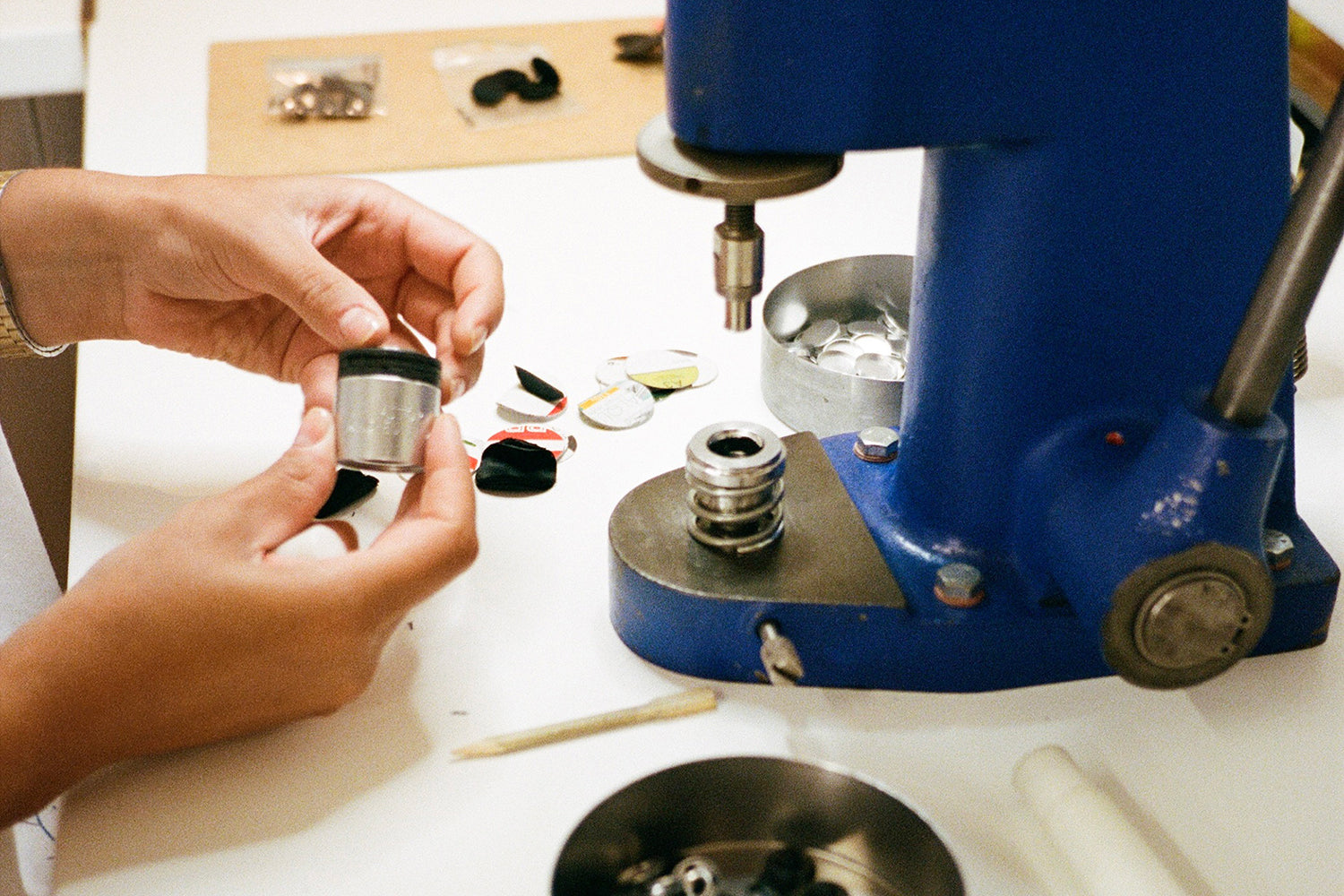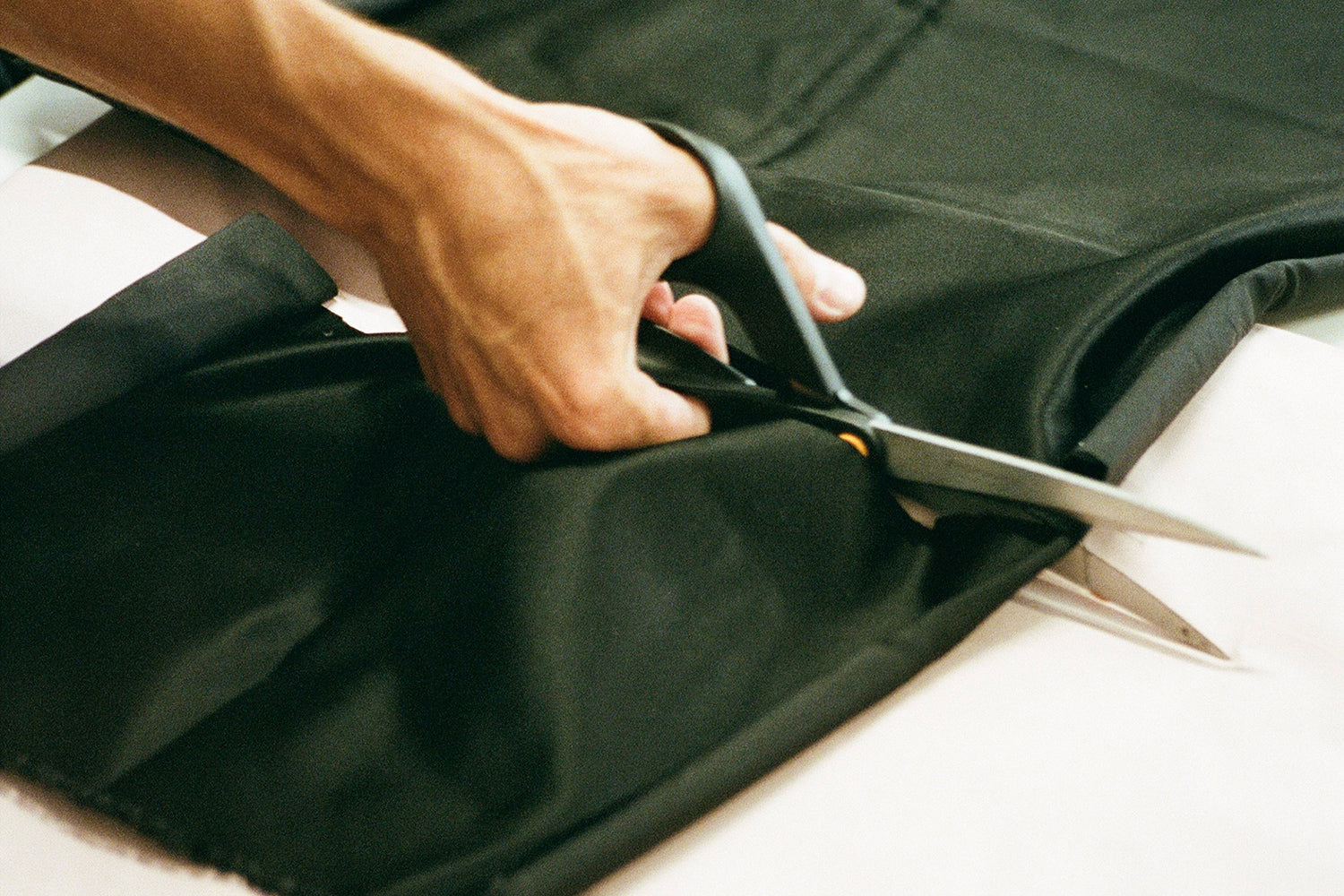Little known to the general public and often buried in the regulatory jargon of the European Union, the REACH regulation (short for Registration, Evaluation, Authorisation and Restriction of Chemicals) is nonetheless crucial for our health and our environment. REACH governs the use of chemical substances in the products we use every day, from clothing and cosmetics to furniture, toys, and cleaning products.
What is REACH?
In force since 2007, REACH is one of the strictest regulations in the world concerning the use of chemical substances. Its goal: to protect human health and the environment, while strengthening the competitiveness of the European chemical industry.
Concretely, REACH requires all companies that manufacture, import, or use chemical substances in the European Union to register them with the European Chemicals Agency (ECHA). They must prove that the products placed on the market are safe for health and the environment. If a substance is deemed concerning, it may be restricted or even banned.
This applies to both large corporations and small and medium-sized enterprises, across all sectors: textiles, cosmetics, automotive, electronics, construction… REACH also applies to finished products, like jeans or shoes, if they contain potentially harmful substances.
Why is REACH a key regulation in textiles?
In the fashion industry, REACH plays a discreet but decisive role. The clothes we wear are often treated with dyes, glues, water-repellents, or chemical softeners. Some of these substances, like phthalates, heavy metals, or perfluorinated compounds, can have harmful effects on health: allergies, hormonal disruptions, even chronic toxicity.
REACH therefore sets strict limits on the presence of these substances. For example, it bans cadmium in buttons and zippers, restricts azo dyes in textiles, and closely monitors the use of chromium VI in leather. Products certified as REACH-compliant are thus considered safer for both consumers and workers.
How does REACH protect consumers?
REACH directly protects our daily lives. It allows substances to be banned before they pose large-scale health issues. The precautionary principle is at the heart of this approach: it’s up to the company to prove the substance is safe, not the state to prove it’s dangerous.
REACH also promotes transparency. Any individual can ask a retailer whether a product contains a substance of very high concern (called an “SVHC”) at concentrations above 0.1%. The seller then has 45 days to respond. This is a little-known right, but a fundamental one for consumers who care about what they’re buying.
A demanding regulation, not always respected
Despite its ambition, REACH is sometimes bypassed. Many products imported from outside Europe, especially in fast fashion or through e-commerce platforms, do not meet its requirements. In 2022, an investigation by the DGCCRF revealed that nearly one-third of items tested from certain online retailers contained banned or non-compliant substances.
The issue? These platforms often bypass traditional distribution channels by positioning themselves as “marketplaces” with no direct responsibility for the products sold. As a result, dangerous garments or accessories can end up in consumers’ hands with no real oversight.
What’s the link between REACH and responsible brands?
Some brands committed to eco-responsibility go beyond basic REACH compliance. They choose fabrics certified OEKO-TEX or GOTS, which exclude many controversial substances well before they’re legally banned. They also prefer to work with European or audited suppliers to ensure traceability and compliance.
At Facettes Studio, for example, all fabrics are reused and come from leftover stock from French or Italian fashion houses, already tested and approved according to European standards and fully REACH compliant.
REACH: a step toward more responsible fashion... but to be put in perspective
REACH is more than just a technocratic acronym. It’s a foundational regulatory tool that helps limit exposure to harmful chemicals in textiles. By pushing manufacturers to rethink their formulations, it contributes to a safer and, in part, more transparent industry.
But caution is needed not to overstate its scope. REACH sets a legal minimum threshold, often reacting to known risks rather than anticipating them. Some brands use it for greenwashing, even though it’s a legal obligation, not a voluntary commitment. The OEKO-TEX® label, often presented as a complement, goes a bit further by testing finished products for certain substances, but it too remains focused solely on chemical safety, without addressing environmental or social impact.
These tools are useful, but insufficient on their own. To move toward truly responsible fashion, consumers must learn to look beyond labels and comforting claims.






